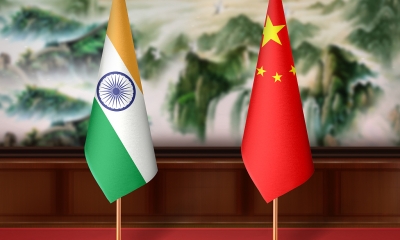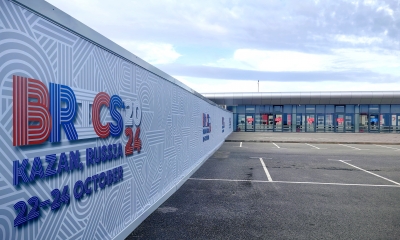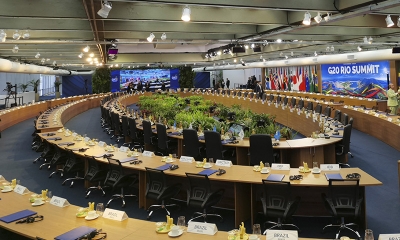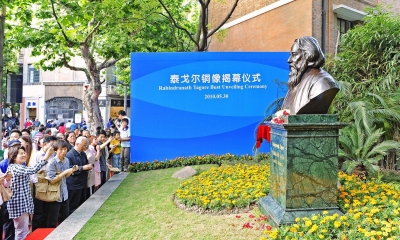The CPC at 100 Scaling New Heights
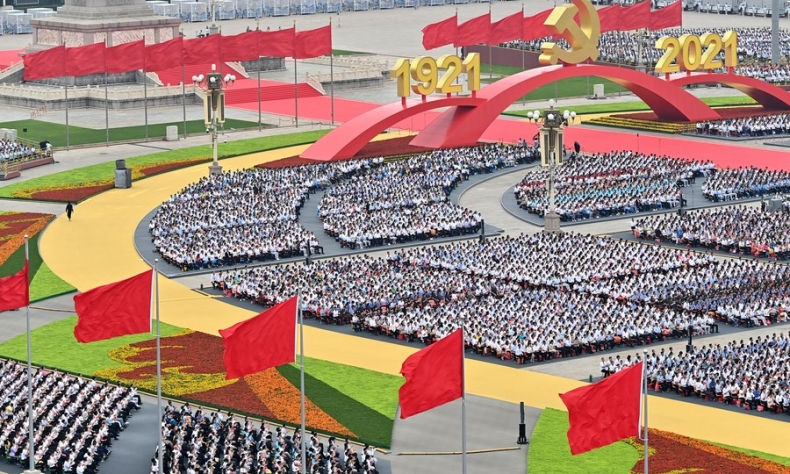
The 1.4 billion Chinese people have every reason to be proud of what they have achieved under the leadership of the CPC over the past 100 years.
History isn’t what happened, but a story of what happened. It is such a mirror where we can see the past in the present. Indeed, the lessons of history, if we care to learn them, can help us perceive the current state of affairs more clearly and give us wise guidance for the planning for the future.
On July 1, the Communist Party of China (CPC) celebrates its centenary. This is very important to both China and the world. The CPC has covered a century-long journey, and its history is the best textbook for understanding the CPC’s extraordinary success and China’s enormous development in all spheres.
Looking back at the CPC’s 100 years history, it can be said that the CPC is committed to the eternal great cause of rejuvenation of the Chinese nation. As British scholar Martin Jacques said in his article published in the Global Times on April 6, 2021: “One thing is sure: Based on its achievements, its capacity for governance, and its ability to change, the CPC will still be China’s leader and architect.”
Truly, the CPC has been showing even stronger vigor and vitality at its 100th anniversary. China under the successive leadership of the CPC (past and present) has created many milestones in terms of shining achievements in every area of human endeavour, such as, balanced economic development, improvement of quality of life, eradication of poverty, employment generation, conservation of nature and protection of environment that speak for the success of socialism with Chinese characteristics.
Road to the founding of the CPC
To understand the CPC’s glorious role in steering China through wind and waves to a brighter future in the past 100 years requires some historical background. China’s defeat in the First Opium War (1840-1842) by the foreign powers gradually reduced the country to the status of a semi-colonial and semi-feudal society and subjected the Chinese people to two-fold repression by imperialism and feudalism. The feudal rulers surrendered the country’s sovereign rights under humiliating terms, the society was thrown into wars and chaos, the country became impoverished and weak and the Chinese people suffered from hunger, cold, and oppression.
Although the 1911 Revolution led by Dr. Sun Yat-sen overthrew the autocratic Qing Dynasty that had ruled China for several hundred years, it failed in altering the country’s nature as a semi-colonial and semi-feudal society or end the misery of the Chinese people. In those dark years, the October Revolution of Russia (1917) and the May Fourth Movement in 1919 inspired the Chinese people, the Chinese working class as well as a number of advanced intellectuals to look forward to a path of salvaging the country against imperialism, feudalism and bureaucratic capitalism.
The CPC was formed in 1921 in the process of integrating Marxism-Leninism with the Chinese workers’ movement by proletarian revolutionaries including Chen Duxiu, Li Dazhao, Li Da, Chen Wangdao and Mao Zedong. On July 23, 1921, the First National Congress of the CPC with 13 delegates nationwide began in a brick-and-wood building in the French concession area of Shanghai, east China that changed the country and the whole world 100 years ago. However, the first CPC National Congress moved to a boat on Nanhu Lake in Jiaxing of east China’s Zhejiang Province due to the interruption of local police. The boat on which CPC founders convened their first meeting has been referred to as the “Red Boat”. On October 31, 2017, China’s new generation leader, President Xi Jinping called the Shanghai and Jiaxing sites “the places where the CPC’s dream set sail” and “the root of the Party.” It’s really inspiring that one hundred years later in 2021, the CPC has remained committed to the “Red Boat Spirit” that has led the Chinese people to national independence, development and prosperity.
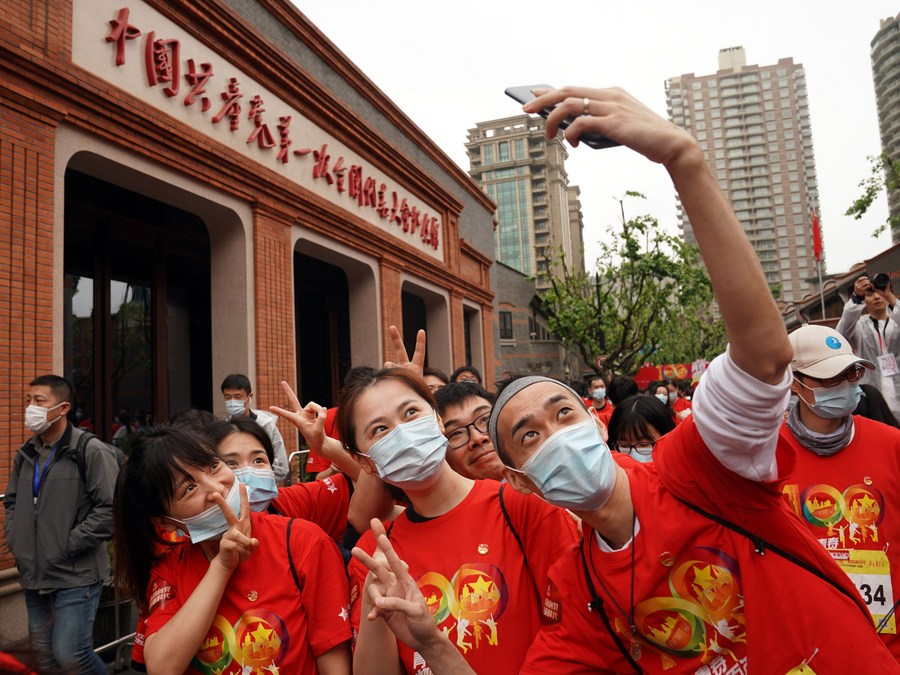
The Long March spirit enlivens the new era of China
Since the founding of the CPC, the Chinese people, under the leadership of the CPC, have got unprecedentedly united and organized, overcome numerous difficulties and won one victory after another in their revolutionary struggle. Late Chinese leader Mao Zedong led the Red Army in finishing the Long March from 1934 to 1936, the expedition of over 25,000 li, or roughly 8,000 miles. It was a historically important milestone for China. When we look at the two-year-long historical event, it’s almost impossible for us today to imagine what the Chinese soldiers, poor peasants and workers under the leadership of Mao went through all kinds of hardships and difficulties that finally led to the victory of China’s War of Resistance against Japanese Aggression (1931-1945). On October 10, 1934, the Red Army started the incredible Long March in Ruijin, Jiangxi province and ended two years later as the Long Marchers retreated from the encircling Nationalist forces of Chiang Kai-shek in the south and headed north to Yan’an, the base from which they would seize control of the country in 1949.
The Long March is filled with the glory, hardship and sacrifice stored in the people’s collective memory. In the new century, the Chinese people still draw courage, strength, and wisdom from the Long March of the Red Army for the creation of a “beautiful China” that Mao dreamed about.
The birth of the People’s Republic of China
The Chinese people under the leadership of the CPC overthrew the Kuomintang reactionary rule and founded the People’s Republic of China on October 1. From the rostrum of Tiananmen Mao told the entire world: “The Chinese people, comprising one quarter of humanity, have now stood up!” The statement speaks volumes about the fact that the century of humiliation, when China was weak and bullied by the major powers, and forced to cede territory and sign unequal treaties had been a thing of the past. Henceforth, China was ready to take its rightful place in the comity of nations and play a constructive role in the international affairs and systems, and restore the self-esteem of the Chinese people and nation.
China’s development under the CPC
Since New China came into being, the Chinese leadership of several generations have all made unremitting efforts for “serving the people wholeheartedly”. The ruling essence of the CPC is to establish the Party for the public and for the people. The fundamental goal of the CPC is to serve the people heart and soul. As Mao Zedong figuratively depicted the party’s relationship with the people is akin to that of seed and soil or of fish and water. And the same fundamental mission is also echoed in the words of Xi Jinping during the 18th Party Congress in 2012: “To meet people’s desire for a better life is our mission.” Putting people first is the secret behind all achievements made by China under the leadership of the CPC.
One hundred years ago, the CPC had only some 50 members and what it faced was a calamity-ridden old China. 100 years later in 2021, the CPC has become the world’s largest ruling party in power with over 90 million members and China has basically achieved its goal of building a moderately prosperous society or “xiaokang society” in all respects. Now China feeds nearly 20 percent of the world’s population with only 9 percent of the world’s arable land. The country has lifted more than 850 million people out of poverty, creating a miracle in the history of development and poverty reduction. China now has a middle-income population of over 400 million. China’s GDP has exceeded 100 trillion yuan ($15.45 trillion). The annual per capita GDP has exceeded $10,000. China has become a major engine of global growth. China’s modern science and technology started from scratch and have made great progress including taking samples from the Moon, building a space station, and landing on Mars. China’s comprehensive national strength has reached a new level. China has achieved victory in the battle against COVID-19. The COVID-19 fight in China fully showed Chinese people’s spirit, the country’s strength and its determination to shoulder responsibilities in building a global community of health for all.
Many opinion polls over the years have shown the approval and satisfaction ratings of the Chinese government reach more than 90 percent among the Chinese people.
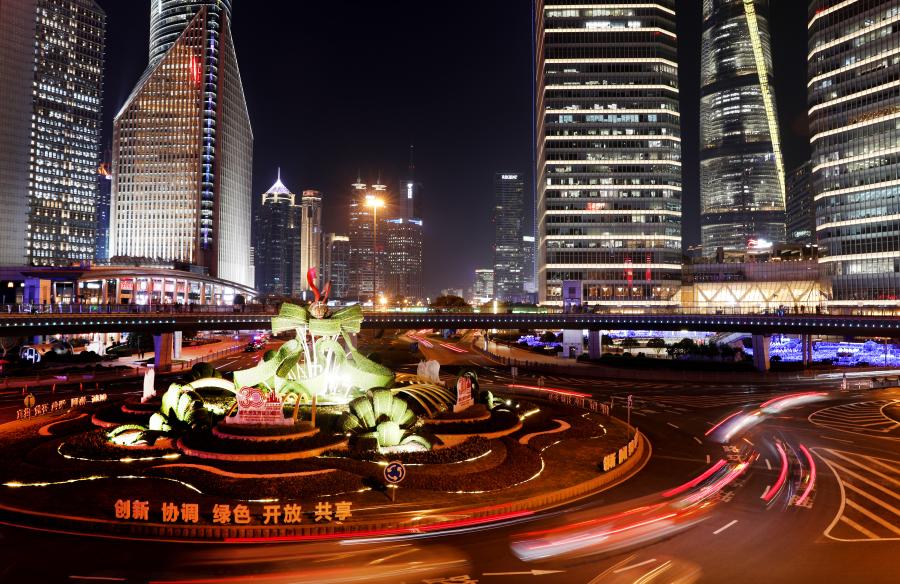
Aiming at Creating China into a Great Modern Socialist Country
The centenarian CPC has many ideologies, not just one. First Mao instilled the concepts of socialism within the society, later Deng Xiaoping foresaw future deterrents towards economic growth and opened up the Chinese economy and now President Xi is carrying the torch and lighting up the way ahead for a greater, better and stronger China. It can be said that Marxism-Leninism, Mao Zedong Thought, Deng Xiaoping Theory, the Theory of Three Represents, the Scientific Outlook on Development and “Xi Jinping Thought on Socialism with Chinese characteristics has entered a new era” have guided the growth story of China by strengthening ties between the CPC and the Chinese people over years.
The 1.4 billion Chinese people have every reason to be proud of what they have achieved under the leadership of the CPC over the past 100 years. But there is still a long way to go. This year marks the beginning of China’s 14th Five-Year Plan 2021 to 2025, the first five-year plan of economic and social development looking ahead 30 years to China 2050. China will basically realize socialist modernization by 2035, and by the middle of the 21st century, China will develop into “a great modern socialist country that is prosperous, strong, democratic, culturally advanced, harmonious and beautiful” to quote from President Xi’s report at the 19th National Congress of the CPC in 2017. It is hoped that China must continue to systematically realize its centenary goals and make new and even greater contributions to humanity that will surprise the world for a long time to come! Hats off to the CPC and the people of China!
The article reflects the author’s opinions, and not necessarily the views of China Focus.
 Facebook
Facebook
 Twitter
Twitter
 Linkedin
Linkedin
 Google +
Google +




